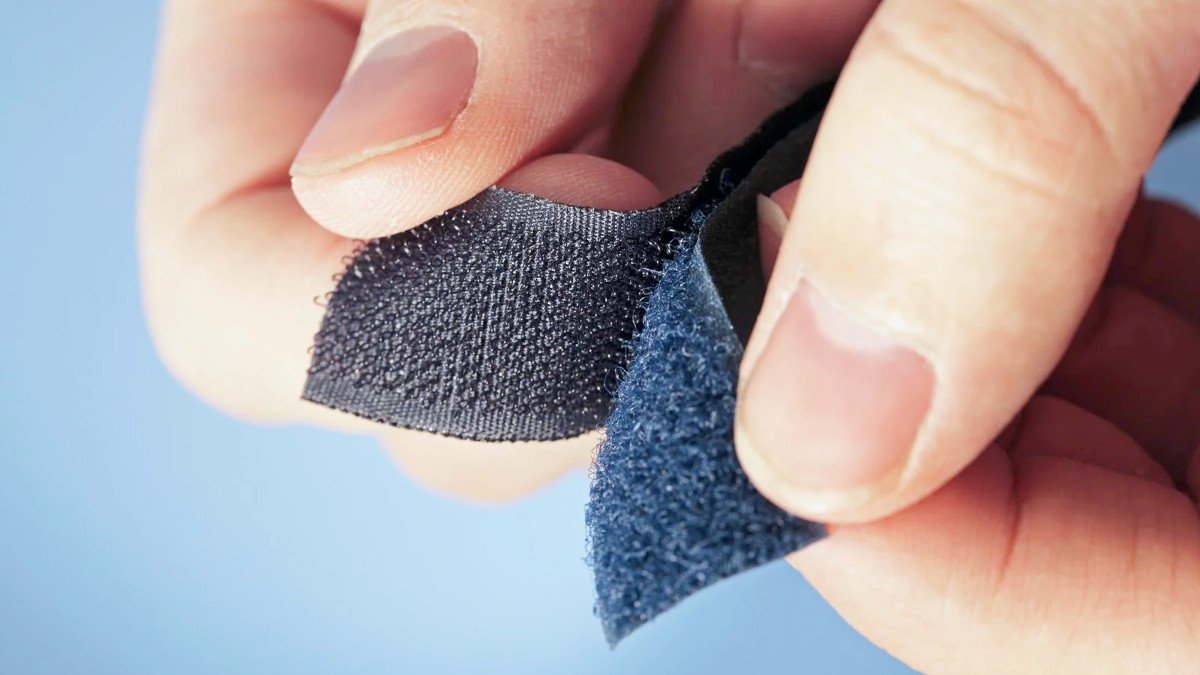Worn-Out Velcro – What Can You Do With It?

Velcro has become quite popular in this day and age, especially in shoes and clothes. After all, it makes fastening easier and faster. However, once it’s worn out, getting rid of it can be tricky. Fortunately, that’s what we’re going to talk about today.
What fabric is Velcro made of?
It is usually made from plastic materials like polyester, polypropylene, polyamide, and polyvinyl chloride (PVC). However, it was originally made from cotton.
Unfortunately, it didn’t adhere properly and eventually proved impractical. To make matters worse, it wasn’t that durable.
Is velcro eco-friendly?
No, Velcro is not eco-friendly – this is because it’s made from plastic materials. These are usually derived from petroleum and are extracted and processed using methods that harm the environment.
For instance, to get the crude oil in the first place, you need to drill the earth. This can pollute the environment and even destroy natural habitats.
And things don’t just end there – processing the crude oil into petroleum products leads to other issues. Not only does the process require a lot of energy, but it can also pollute the environment. The process has even been linked to the release of hazardous waste into the air and water.
Also, petroleum products like velcro can further pollute the environment when disposed of improperly.
They can end up in water bodies and contribute to the plastic pollution there. Ultimately, fish and other aquatic life can end up eating small velcro balls and becoming sick.
These pieces of plastic can also spread in the air and land, ending up in the stomachs of livestock and other land animals.
Is it a sustainable material?
Since it is derived from non-renewable energy sources, it isn’t sustainable. However, the Velcro company has instituted some sustainability practices to make things better.
These practices include:
- Using recycled water for equipment cooling
- Reducing energy consumption
- Reduced use of solvents
- Reusing and recycling waste
- Reduction of greenhouse emissions
Is velcro recyclable?
Ordinary people can’t recycle it – local recycling programs don’t accept it. This is because it takes a lot of energy and money to completely break down this material and create new products.
Even the Velcro company has struggled with recycling their own product, so much so that they worked with other companies to find a solution.
Eventually, they made a pact with a company that could use the mixture of materials used to make velcro to manufacture recycled plastic lumber. Unfortunately, such companies only work with other companies and not with individual recyclers like you and me.
Does Velcro loosen over time?
Yes, this material does loosen over time. This usually happens due to the buildup of grime and lint. As such, you can usually restore its stickiness by cleaning. This won’t work if it’s too old though – you’ll just have to replace it.
How many times can Velcro be reused?
Most of them can withstand 20,000 cycles of use. Keep in mind that a single cycle is each time you separate the loop and the hook. It’s also important to note that external factors like exposure to UV light, heat, and cold can affect the durability of this material.
As a rule of thumb, the more your velcro is exposed to UV light, the less effective it becomes. Over time, the hooks can even fall off and the plastic can become brittle.
On the other hand, exposure to extreme heat can melt this material and warp it permanently – this will make it less effective. Extreme cold isn’t any better though – it will stiffen it and can even cause breaking.
How do you clean Velcro so it sticks again?
There are 4 main steps involved in cleaning this material.
These are:
- Using your hands to remove loose particles
- Using tweezers, pins, or needles to remove hard-to-reach particles
- Using a fine-toothed comb to remove tightly secured dirt
- Using an old toothbrush to remove the toughest particles and grime
What can you do with worn-out Velcro?
Once it is worn out you can’t keep reusing it – your best option is to replace it. During this process, it will be thrown out and end up in a landfill.
While this is less than ideal, it’s the only safe option we have right now.
What happens when Velcro gets wet?
Water can’t penetrate or even harm it. That’s why it’s not safe to place it in the wash.
What can you use instead of Velcro?
There are several alternatives to velcro.
These include:
- Buttons
- Snaps
- Magnets
- Laces
- Zippers
- Buckles
Final thoughts
While velcro is undoubtedly a revolutionary material, it is neither eco-friendly nor sustainable. As such, we can only hope that manufacturers will come up with more sustainable options in the near future.
